For a long time, vetiver was a lesser-known essential oil. Now, vetiver oil is more popular than ever due to its indispensability as an ingredient in perfumery and other scented products. Join us today as we venture into the history and uses of this enigmatic oil. You’ll also find some DIY recipes for a pampering treat as well as some exquisite essential oil blends that celebrate the versatility of vetiver.
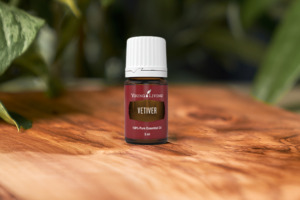
What is vetiver oil?
Vetiver essential oil is derived from the roots of a fragrant perennial grass (Chrysopogon zizanioides) that is native to tropical Asia. Vetiver grass grows up to 1.5 metres tall, blooming rigid leaves and purple flowers. It’s a member of the fifth-largest plant family, the Poaceae, which Lemongrass and Citronella are also members of.
To extract vetiver oil, the roots are harvested at 18-24 months old, washed, sun-dried, chopped, soaked, and steam distilled to produce the oil in its purest form.
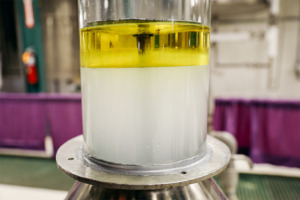
The history of vetiver
Vetiver oil has a colourful history, particularly in Ayurveda where it was used for both spiritual and remedial purposes. The oil has also been an integral ingredient in perfumes since the 12th century. Nicknamed “the oil of tranquillity”, it was believed that the scent of vetiver oil in fragrances could encourage feelings of stability and serenity.
Vetiver gets its name from the Tamil word meaning “root that is dug up”. Though the etymology may not seem remarkable, the root system of the vetiver plant is anything but ordinary. While most grasses have roots that spread out in a horizontal pattern, vetiver roots penetrate vertically into the soil, with some roots extending as deeply as 12 feet underground.
Interestingly, the vetiver plant was used as an early form of air conditioning. The roots were soaked and hung above doors to cool hot air when passing through. The plant also has an interesting role in environmental conservation. Its root system is so strong that vetiver grass is planted as a natural barrier in areas at risk of flooding and landslides. The grass prevents soil erosion by trapping the sediment and slowing down the flow of water. Next time you take a whiff of vetiver oil, pause to reflect on the miraculous plant this oil proudly comes from.
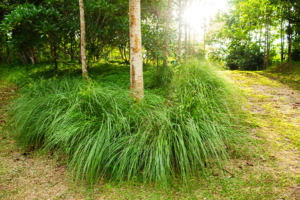
What does vetiver oil smell like?
Renowned for its calming, grounding effect, vetiver oil has a highly distinctive aroma that is deeply earthy and woody. Historically, vetiver’s woody aroma was associated as a masculine scent most commonly used in men’s cologne but it’s increasingly being used as an integral note in women’s fragrances too. Moreover, vetiver’s versatility means that it blends well with lavender, bergamot, lemon, jasmine, black pepper, grapefruit…the list goes on!
The scent is reminiscent of sandalwood, palo santo, and patchouli but, in all honesty, there is no scent quite like vetiver oil. There isn’t even a synthetic version due to its complex olfactory profile made up of over 100 constituents that is impossible to replicate. It is truly one of a kind!
5 ways to use vetiver oil
As well as aromatically, vetiver oil can be enjoyed topically because it is considered a neat oil which means it is safe to apply to your skin. Always dilute with carrier oil, mixing 1-2 drops of vetiver with 10 drops of carrier oil. And remember, you can always perform a patch test in case of sensitivity. Check out some of the wonderful ways vetiver oil can be used, some of which we’ve listed below:
1. Manifestation practice
Manifestation is the act of setting intentions towards something in the belief and hope that it will happen. Essential oils pair beautifully with manifestation as scents link to emotions and memories and can help envision your goals. Vetiver has a grounding aroma, making it a powerful pairing for manifestation practice. Apply to your pulse points to breathe in the earthy, stabilising fragrance or massage into the bottom of your feet to help you feel more centred.
2. Bath time bliss
After a particularly busy day, combine vetiver oil with Epsom salts for a deeply calming bath time blend:
Ingredients:
- 4 drops bergamot essential oil
- 3 drops lavender essential oil
- 1 drop vetiver essential oil
- 1 drop neroli essential oil
- 150 g Epsom salts
Instructions:
- Fill your bathtub with warm water.
- Add all the ingredients into your tub and mix to dissolve.
- Soak in the tub, allowing the essential oils to fully absorb into your skin.

3. Unwind at night
Much like lavender, vetiver oil can help promote a peaceful sleep due to its relaxing aroma. Gently inhale this calming scent as you unwind for bed and count the sheep until your body slips into a deep sleep.
4. Boost your skin care
Vetiver oil also boasts skin care benefits. Just as the plant’s roots hold water to hydrate the surrounding soil, vetiver oil can help give your skin a boost of moisture. Combine a few drops of vetiver oil with your body butter to leave skin feeling velvety smooth or add to your facial moisturiser to improve the appearance of an even skin tone.
5. Create a personal fragrance
Vetiver oil is a popular base note in perfumes that brings elegance and depth. Its olfactory complexity means it can stand on its own as a perfume but equally blends beautifully with other scents. Create your own personal combination or try out a reliable recipe from below:
Sweet Dreams
- 3 drops Lavender
- 3 drops Cedarwood
- 2 drops Vetiver
Midnight Rain
- 3 drops Vetiver
- 2 drops Lemon
- 1 drop Lavender
Spa Day
- 4 drops Bergamot
- 2 drops Vetiver
- 2 drops Neroli
Where to buy vetiver oil?
At Young Living, we pride ourselves on our oils being pure and high-quality. Our Seed to Seal® commitment motivates us to create each essential oil with three pillars in mind – Sourcing, Science and Standards, meaning that not only are you experiencing the benefits of purity, but also global resources and industry leadership. Discover our full collection of essential oils and blends and find one that is just right for you.

Like this blog and let us know in the comments how you like to use vetiver oil.

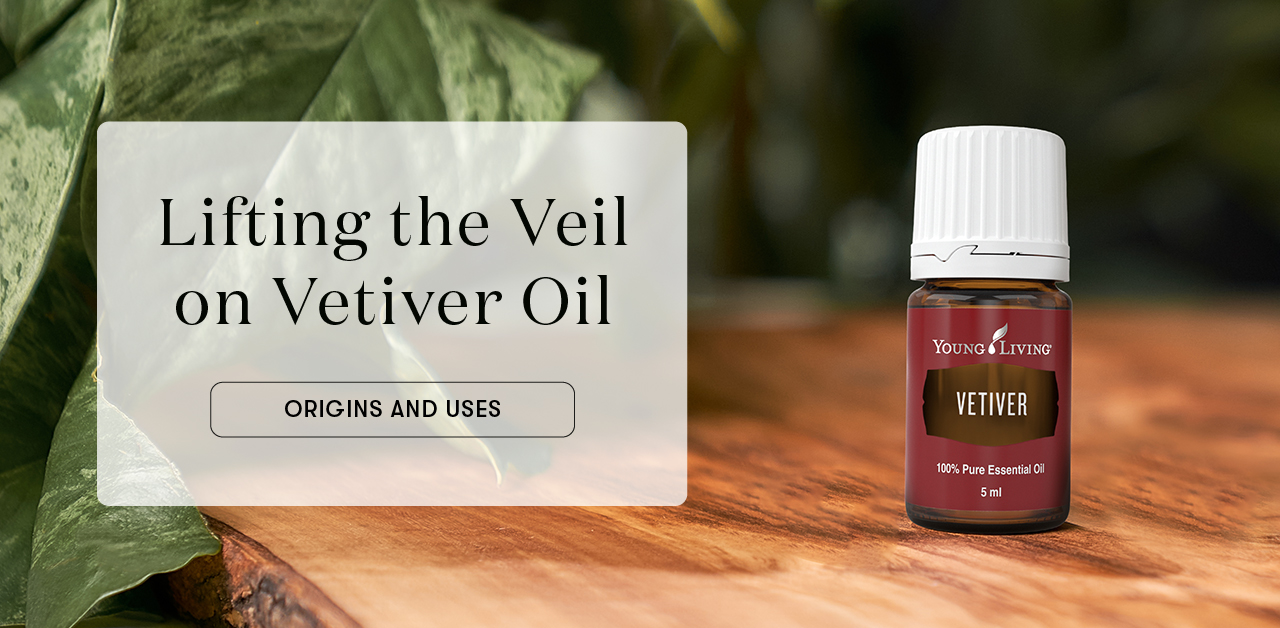
















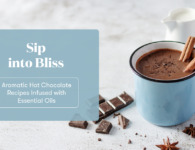

No comments